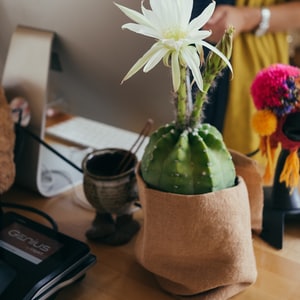With the library’s present about the Catonsville 9, what are you hoping site visitors study from the layout?
DH: There’s a lot of text [for this exhibit, so it can be self-guided]. In addition to the show scenario of selection goods, we had Linus Berggren, a Goucher pupil who won the Sally Barnes Fellowship final spring, build an interactive piece as element of the exhibit, which is one thing we’ve in no way completed before. Individuals can use the presented Post-its to react to the prompt: How do they protest, how do they treatment? We have many fellowships in which learners can apply to do research applying our collections and we’ll spend them.
Looking at the historical past of Goucher, the pupils had been extremely energetic. I was seriously astonished that many of the users of the Chicago Seven wrote content for the Goucher Weekly about protests in the 1960s. Tom Hayden came in this article and gave a speech.
Do you feel Kent is these an inspiring figure for scholars and artists because she was an artist-educator herself? She seriously viewed as teaching in means that have been new for her time, like with her 10 policies, which are open up-finished prompts for the imaginative approach.
AE: Of course, it is absolutely the mix. I was interested in the way she was generous with her students with her have follow. Element of the way she taught her pupils was getting a exclusive vision of how to have interaction with the earth close to you and what it signifies to you, and then how to radiate that out into currently being far more civically engaged. I assume that is a truly wonderful way to educate artwork and elevate the worth of artwork as an area of analyze.
DH: That was absolutely a little something that drew me to her. I’m hoping pupils consider absent from it just how considerably protest can matter. I’m a historian on the lookout at the various strategies of activism and protest. Upstairs we’re demonstrating violence, breaking and moving into, fundamentally getting rid of documents, and burning them with home made napalm created from ivory soap—that was little one soap the protestors picked simply because infants had been burning in Vietnam.
The power at the rear of that is not essentially recognised right now, but to see that Kent’s visuals on the wall glimpse cheerful when you walk by, [that draws people in]. It is yet another way of protesting, by applying one thing a minor bit much more calming and the other way is a great deal extra violent. The two are agent of what was occurring in the 1960s.



